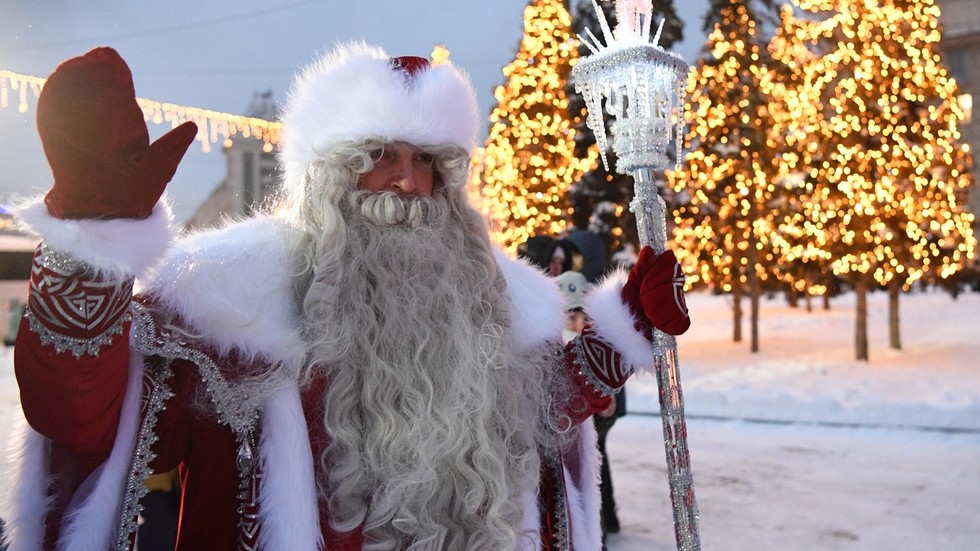
It may now be an overwhelmingly Christian country, but some old habits die hard

Father Frost in Novosibirsk, Russia. © Sputnik/Alexandr Kryazhev
Present-day Russia is almost the only major Christian country in the world where New Year festivities are more prominent than those of Christmas. While Westerners are unpacking gifts on December 24th, Russians are still immersed in an atmosphere of their upcoming holiday, which, when it comes around, is filled with age-old traditions and lasts almost two weeks.
Russia’s New Year: a brief history
To understand why the New Year has become a special celebration in Russia and what sets it apart from other countries, we must first dive into the history of the holiday.
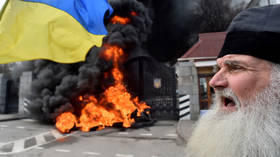
Read more
It was only in 1700 that Russia joined the pan-European tradition of celebrating the New Year on January 1, following a decree by Emperor Peter the Great. Before that, Russians had celebrated New Year’s on March 1, when it was time to prepare for the new season of agricultural work. However, despite the will of the emperor, Russia did not fully synchronize with the rest of Europe – the country at the time functioned according to the old Julian calendar, while most European countries had already switched to the Gregorian one. Therefore, the new year in Russia began 13 days later. This became a key aspect that influenced the modern traditions of New Year celebrations.
Thanks to Peter the Great, the New Year moved closer to the main Christian holiday, Christmas. For the next two hundred years, New Year and Christmas celebrations in Russia were a lot like those in Western Europe. The difference was only in the religious form – Russia followed Christian Orthodox canons, while the likes of France and Germany followed Catholic and Protestant ones.
Everything changed with the October Revolution, the overthrow of the emperor, and the creation of the new state – the USSR. The Bolsheviks carried out several reforms in the first years after the revolution that directly affected how Russia celebrates the New Year today, in the 21st century.
On January 26, 1918, the Council of People’s Commissars of Russia issued a decree on the transition to the Gregorian calendar. As a result, the country celebrated the start of the year 1919 simultaneously with Western Europe. In 1929, the celebration of Christmas was officially ‘canceled.’ Although by this time the New Year had become a completely independent secular holiday, Christmas was privately celebrated in many homes. Even in 1924, shortly before Lenin’s death, a Christmas Tree celebration was held for children. But, after 1929, the most important Christian date was erased from the calendar and remained exclusively in the homes of religious people. At the same time, the Orthodox Church did not switch to the Gregorian calendar, and therefore Orthodox Christmas is still celebrated on January 7, not December 25.
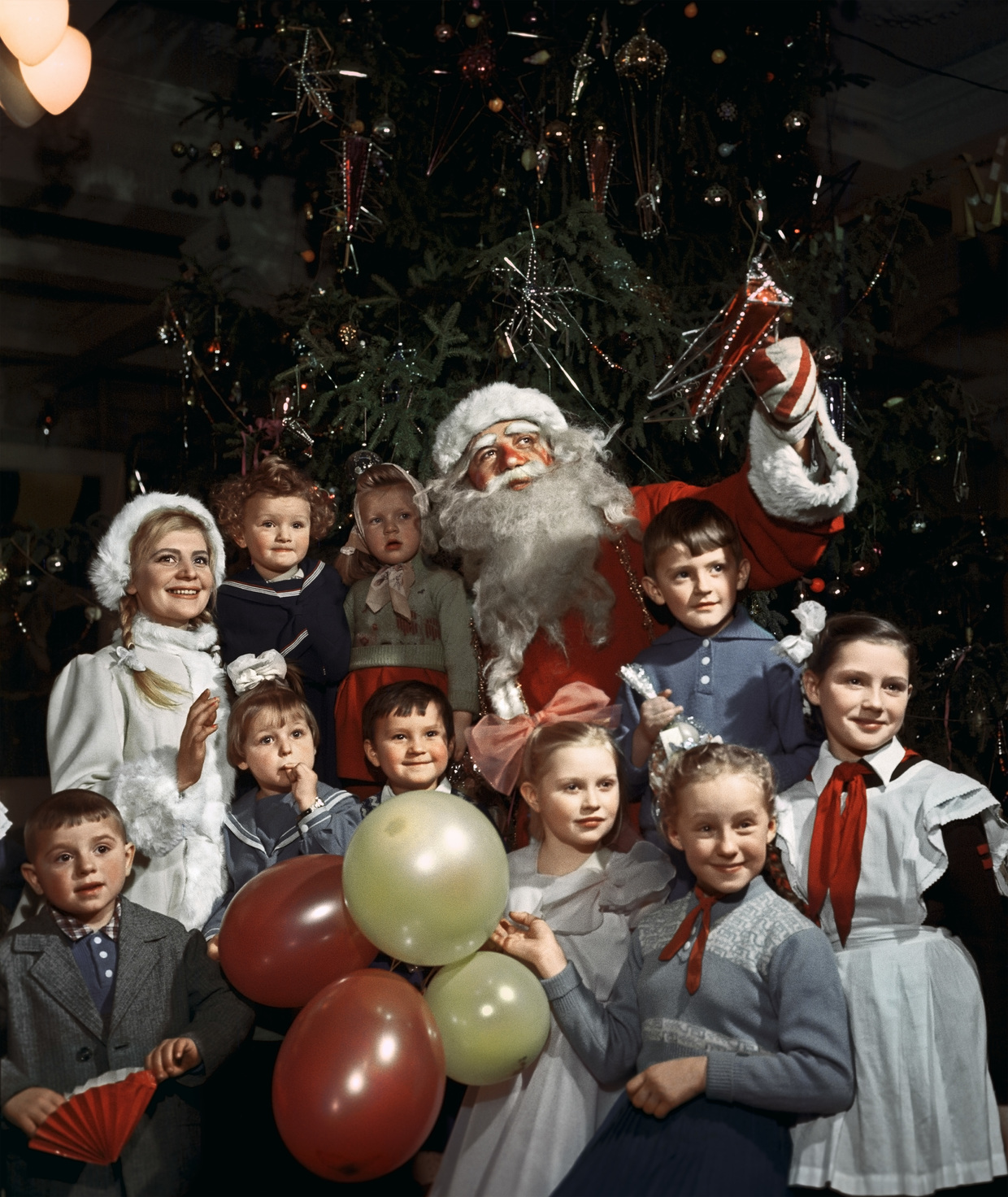
FILE PHOTO. Father Frost and the Snow Maid at children’s New Year party in a Moscow cultural center. © Sputnik/David Sholomovich
The tradition of decorating the Christmas tree also appeared with the decree of Peter the Great, and, as in other countries, it was tied to the holiday. In the Soviet Union, as Christmas was “canceled” so were Christmas trees, for a while. They were considered a manifestation of ‘bourgeois’ attitudes since only wealthy people could afford to put one up in the house and dress it up with toys. Nevertheless, over time, festive symbols – the Christmas tree, gifts, and ‘Ded Moroz’ –or Father Frost– underwent secularization and became firmly associated with the New Year.
Gradually, New Year celebrations became popular with all families throughout the country and in 1935 it was celebrated for the first time at state level. Thus, the New Year that Russians celebrate today is a relatively young holiday. It’s not even a hundred years old. Nonetheless, over such a historically short period of time, New Year traditions have become firmly ingrained in Russian minds and culture.
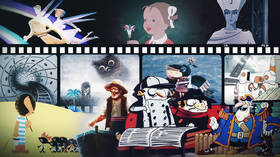
Read more
Soviet heritage
The USSR ceased to exist over 30 years ago, but the modern New Year has remained a Soviet holiday – all the traditions that appeared in the Soviet years are still observed by many people. Though some younger generations celebrate New Year in their own, new ways, most Russians still observe Soviet traditions – sometimes without even realizing it.
The New Year has long been associated with several symbols but there’s a separate story behind each. The New Year tree, offering gifts, and Father Frost are all ancient symbols of Christmas that have been reinterpreted as part of the secular celebration of the New Year. It was only in 1937 that Snegurochka, Father Frost’s granddaughter and assistant Snow Maiden, entered the Russian holiday tradition, with the first appearance of both at the All-Union New Year Tree Celebration. Initially, the Snow Maiden was a character of folklore. She inspired many folk tales and original works. Before the USSR years, the Snow Maiden had never been a New Year symbol, although figurines were hung on Christmas trees. Today, we can’t imagine Father Frost without the Snow Maiden.
Children’s New Year’s performances became known simply as ‘New Year Trees’ among the people. To this day, such performances are held in all Russian cities during New Year holidays. The phrase “Tomorrow I will take the child to the New Year Tree” is understood unambiguously as a theatrical New Year’s performance for children. At the end of the entertainment part, the organizers distribute gifts, usually candy, among the children.
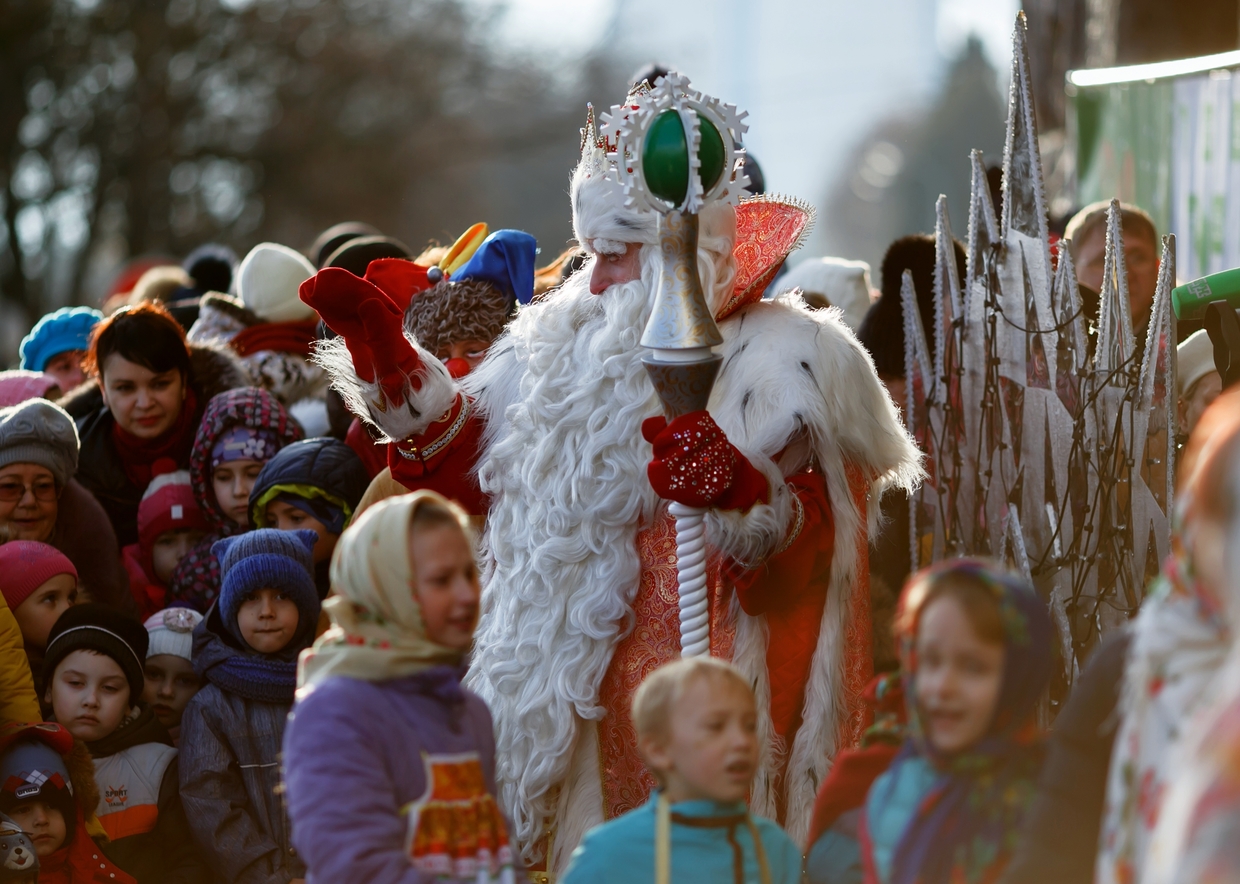
Chief Father Frost from Veliky Ustyug during a meeting with Volgograd residents. © Sputnik/Kirill Braga
The active promotion of the secular New Year in the USSR inevitably affected literature, music, and cinema. In 1939, the story of the popular writer Arkady Gaidar ‘Chuk and Gek’ was published. This is a story about how a woman with two sons receives an invitation from her husband, who works as a geologist in Siberia, to spend the New Year with him.
In the 1950s post-war period, both art cinema and animation took up the New Year’s theme. ‘Chuk and Gek’ was released, as well as the animated films ‘12 months,’ ‘The Night before Christmas’ and ‘The Snow Queen.’

Read more
1956 saw the release of the big hit ‘Carnival Night’ on Soviet screens. This was the first film of the renowned director Eldar Ryazanov and the first major role of the superstar of Soviet cinema Lyudmila Gurchenko. ‘Carnival Night’ became a traditional film in Soviet families. The song ‘Five Minutes’ performed by Gurchenko remains one of Russia’s most popular New Year hits.
Apparently, Eldar Ryazanov discovered the perfect New Year’s movie formula for Soviet and Russian viewers. Almost 20 years later, in 1975, the director shot what is to this day Russia’s most popular New Year’s film: ‘The Irony of Fate, or Enjoy Your Bath!’. The picture was immediately released on television – its premiere was screened on January 1, 1976. Over time, a tradition has evolved to broadcast the film on state channels every New Year’s Eve. This still holds up. A few years ago, the film’s leading actor Andrey Myagkov spoke out against showing it every New Year, but his proposal fell on deaf ears.
In Russia, there is a certain set of movies that are always broadcast during the New Year holidays. Not all of them are even strictly New Year-themed movies. In addition to ‘The Irony of Fate’ and ‘Carnival Night,’ the holiday films ‘Wizards’ and ‘Gentlemen of Fortune’ are very popular. Old popular comedies, mainly directed by Leonid Gaidai, are also constantly shown on TV: ‘The Diamond Hand,’ ‘The Caucasian Captive,’ ‘Operation Y’ and ‘Ivan Vasilyevich Changes His Profession.’
The tradition of celebrating the New Year with family around the table and the television was largely strengthened thanks to the efforts of TV networks in the 1950s and 1960s, when many good movies, animated films and programs came out.
In 1962, the program ‘Little Blue Light’ appeared. This was a show that featured celebrities sitting at café-styled tables in a relaxed atmosphere. The hosts went around and asked them questions, musicians performed songs, poets read poems. At first it was a weekly program, but over time, the ‘Little Blue Light’ turned exclusively into a long New Year’s Eve program.
In the ‘90s, many new TV channels appeared, each offering its own version of New Year shows. Some were more successful, others less so. What remains constant is that, to this day, many Russians continue to celebrate the New Year at home in front of the TV.

Read more
Tangerines and Olivier
The New Year’s table is the main component of the festive mood in Russia. And, once again, the invariable attributes of the festive table originate in the Soviet Union. There are, perhaps, three pillars on which the Soviet tradition is based: Champagne, Olivier Salad, and tangerines. Of course, there are other popular dishes. But without the salad and tangerines, it feels somehow ‘inappropriate’ to celebrate the New Year.
Olivier Salad is a separate type of Soviet cuisine. The inventor of the salad is considered to be the Frenchman Lucien Olivier but what the chef cooked in the 19th century is strikingly different from the familiar salad of modern Russia. Like many other dishes of Soviet cuisine, Olivier Salad spontaneously emerged as a very rich food, suitable either as a side dish or an appetizer. All the ingredients could be bought in the store, even during the latter half of the 1980s – the years of scarcity. The salad became festive since it takes a lot of time to prepare, and the ingredients weren’t cheap in the USSR. Nevertheless, potatoes, carrots, eggs, sausage, pickles, and canned peas were easy to find.
Tangerines became a New Year’s symbol for quite practical reasons as well. In Russia and the USSR, fruits were seasonal. In the winter months, there was always a shortage of citrus fruits. These were available only in the southern regions where they were grown. In the rest of the Soviet Union, they were a rare and expensive product. But, in the 1960s the Moscow established close trade relations with Morocco and started importing tangerines. They arrived just in time for the New Year holidays. And so, tangerines became the only citrus fruit available in the middle of winter.
The Russian New Year’s table is known for several other dishes characteristic of the USSR. Among them are several varieties of salad: ‘Mimosa, vinaigrette and ‘Herring under a fur coat.’

Festive New Year’s table in Russia. © Sputnik/Natalia Seliverstova
In the USSR, people were able to invent and cook something special with just a few ingredients at hand. So, the main component of Mimosa salad is regular canned red fish, namely pink salmon (the cheapest variety). Both vinaigrette and ‘Herring under a fur coat’ are based on beetroot, available at any time of the year, as well as on some of the ingredients included in Olivier salad. However, at the end of the 1980s, there were difficulties with making the salad due to a shortage of herring. Many then prepared it the same way, just without the fish.
People resorted to similar tricks when preparing dessert. It was very difficult to bake a real sponge cake because of the lack of certain ingredients. But Soviet people managed to invent several cakes and desserts. For example, ‘Cottage cheese house’ was made from shortbread cookies and sweetened cottage cheese while ‘Chocolate sausage’ was made from the same cookies, cocoa, water, and butter. No matter how simple and unpretentious they might look now, the dishes were delicious, and both children and adults loved them.

Read more
Russia is a big country and different regions had their own specific ways of celebrating the New Year. Residents of Primorye and Kamchatka, for geographical reasons, always had salmon, while in Yakutia people were happy with Stroganina [long-sliced frozen fish]. In the Krasnodar Territory, tangerines were quite the norm, and in Astrakhan it was easy to get sturgeon.
Nevertheless, Olivier and tangerines became strongly associated with the New Year in popular culture. In all 11 Russian time zones, people watch ‘The Irony of Fate’ and ‘Gentlemen of Fortune,’ and over the long holidays take their children to the New Year Tree performances.
Old New Year
Russia’s tradition of celebrating the Old New Year is not unique, but still fills a niche. The transition in 1918 of Soviet Russia from the Julian to the Gregorian calendar became the main reason behind such an unusual holiday. When the whole calendar shifted by 13 days, the tradition of celebrating the New Year according to the Julian calendar spontaneously evolved. This date fell on January 14. Thus, the concept of the Old New Year appeared in the country, which many people still celebrate on the night of January 13-14.
However, the Old New Year has not remained a purely folk whim. Television adjusts its broadcast schedule to fit the date. Some channels launch a repeat of the New Year’s show that took place two weeks earlier while others broadcast old Soviet comedies.
Of course, this time around there are no expensive festivities, since it’s not an official holiday, but many people like to organize themed evenings. Nowadays, you can still hear occasional firecrackers and fireworks in the yard on the Old New Year.
The tradition is so deeply rooted in the Russian people that in 1980 a two-part film by Oleg Efremov, ‘Old New Year’ was released on television. Like many films of the times of deep stagnation, the picture is seasoned with life philosophy, crises of various ages, and social commentary. All the events of the film take place on the night of January 14, when the two main characters quarrel with their respective families and decide to celebrate the Old New Year in each other’s company instead.
***
In present-day Russia, the New Year has become a symbiosis of different states and eras. Peter the Great’s Christmas tree, Soviet cuisine, the Snow Maiden rooted in pre-Petrine times, the traditional New Year’s film ‘The Irony of Fate,’ the Julian calendar, tangerines, and a lot more. For various reasons, all these traditions met at one point –the New Year holidays. And these are not just one or two festive days, but a two-week-long period when the whole country, often unknowingly, honors completely different and even diametrically opposed traditions. It’s as if the Russian people subconsciously absorbed all the best that different centuries had to offer, leaving the worst behind the threshold and in the past year.
By Dmitry Kuzmin, a Russian movie critic and contributor to one of the country’s top streaming services




